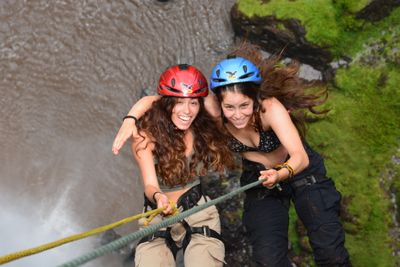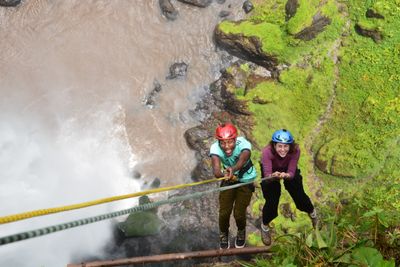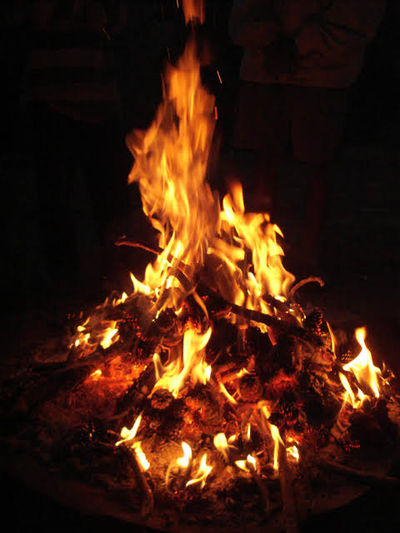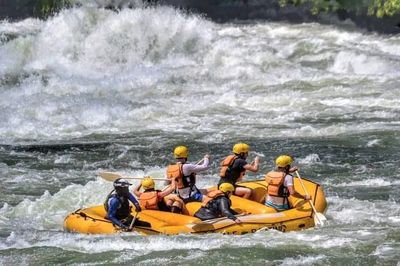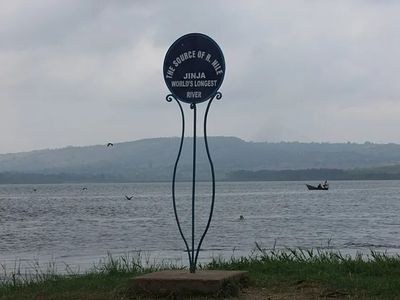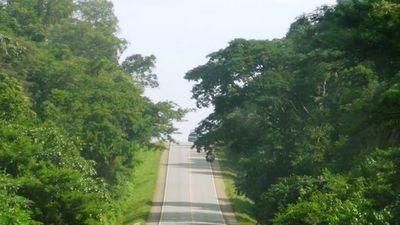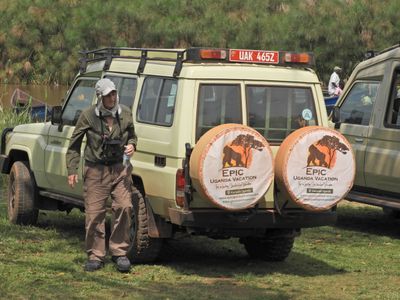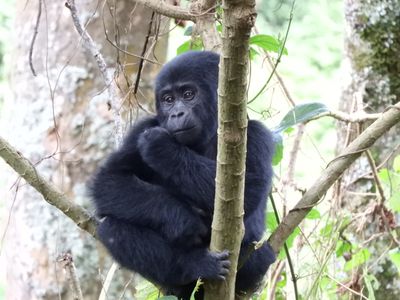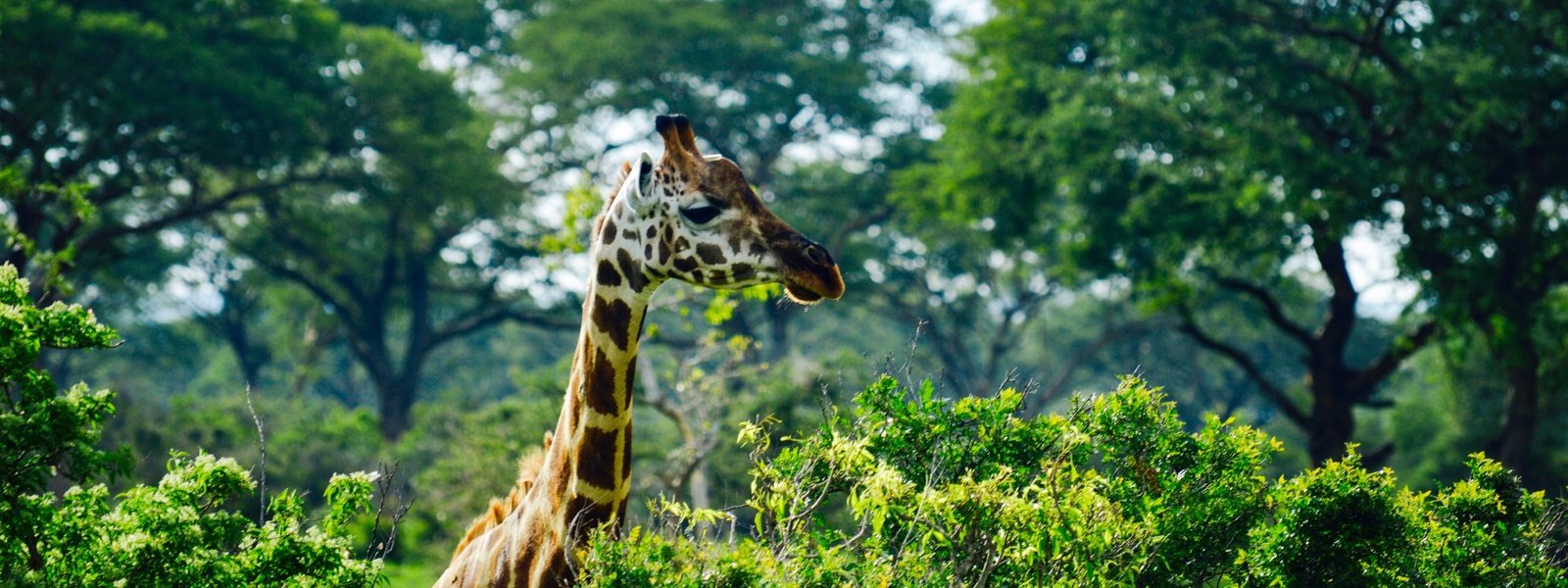
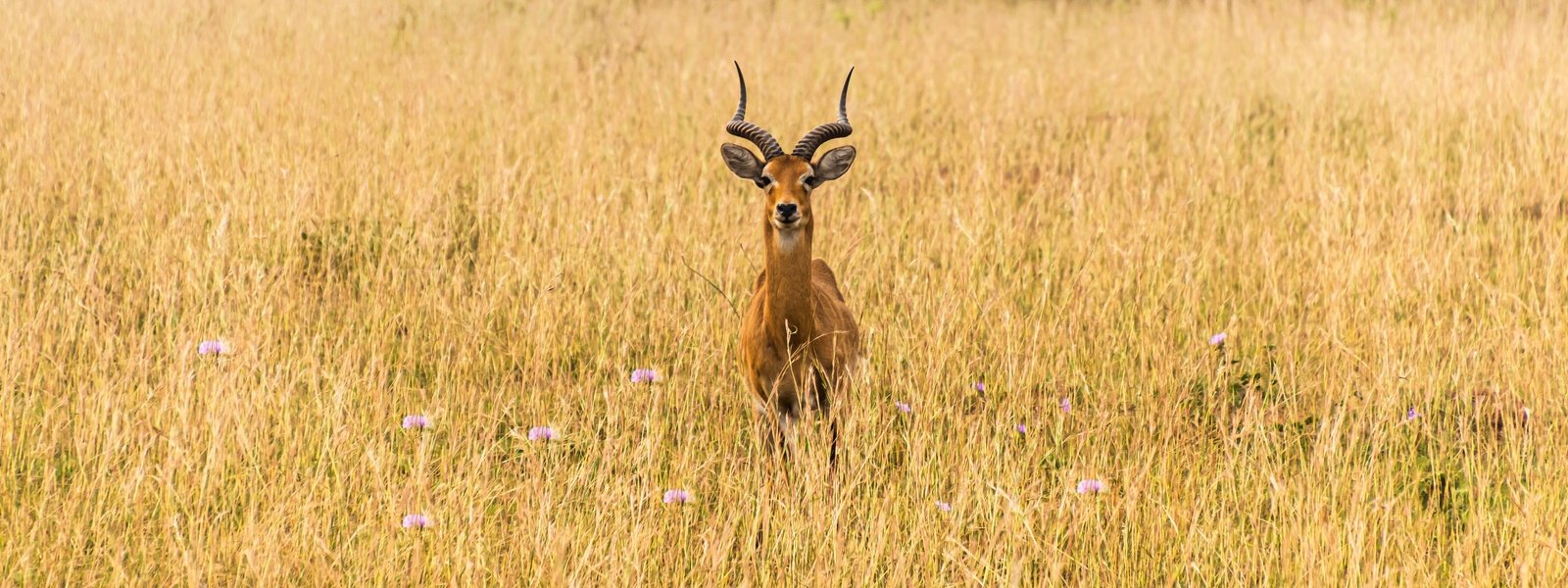
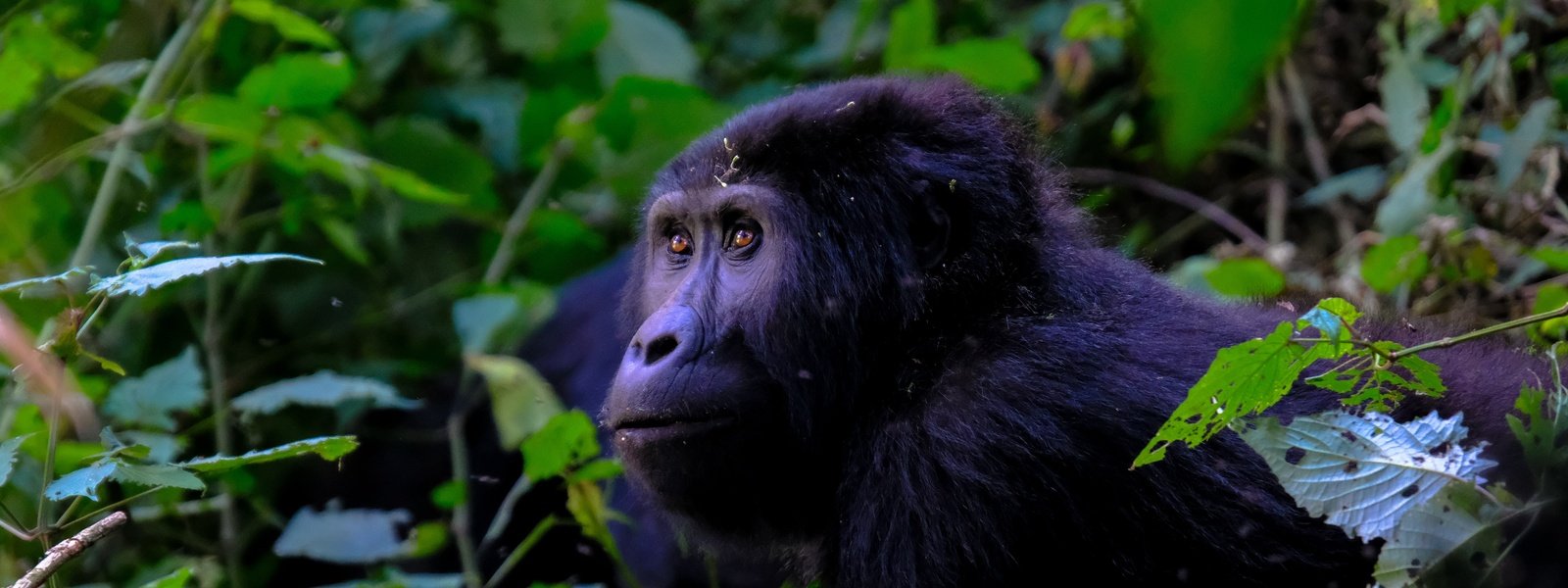
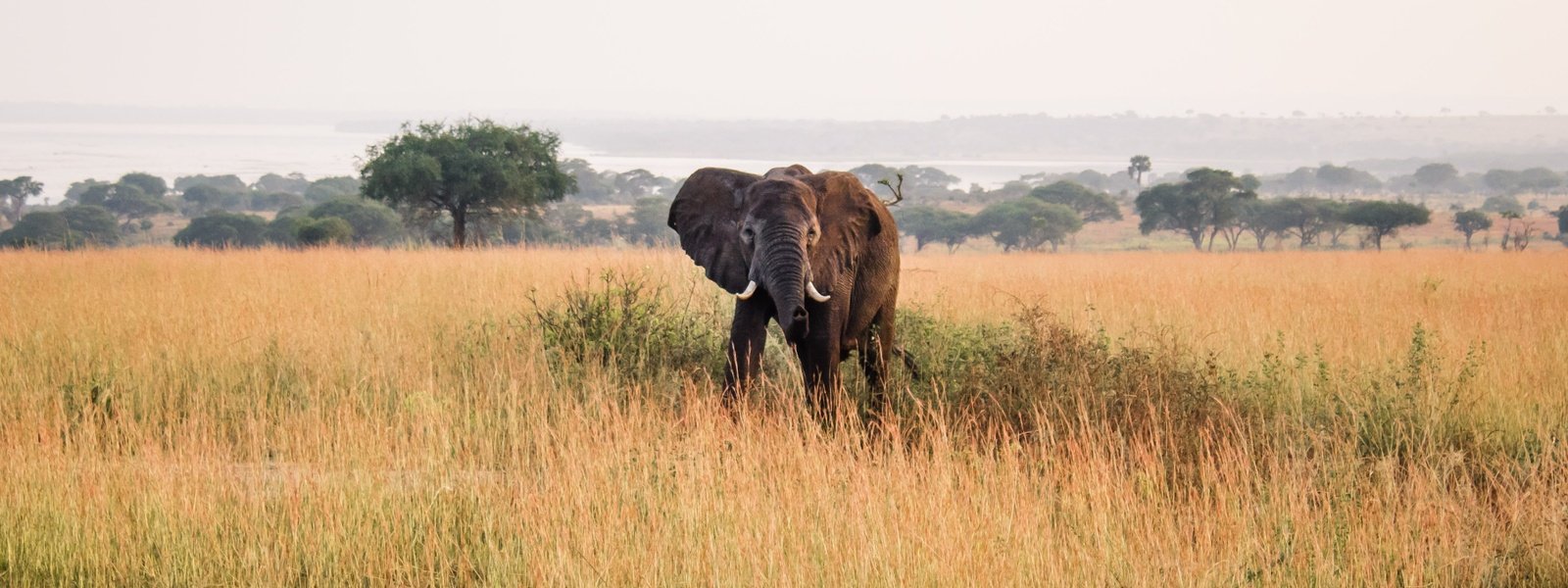
Uganda
Karamoja, the scenic land of pastoralists
Karamoja is home to some of the most picturesque savannah landscapes in Uganda spotted with mountains, great wildlife, and most importantly people who have been proudly keeping their customs, culture and traditional way of life in our rushing "modern" world!
Scenic Landscape in Karamoja, Photograph: Rod Waddington/Flickr
Meet the Karamojong
Karamoja is a region in the Northeastern part of Uganda, with a bit more than 1 million inhabitants. For long, it was an area closed off from the central parts of the country that resulted that "modern" development could not reach it, so the inhabitants could keep their traditional way of life, customs, and cultures. The Karamojong are traditionally nomadic pastoralists, today mainly leading a more settled agro-pastoralist lifestyle, but still their cultural, social, and economic life depends on their cattle and their social systems and culture is centered around pastoralism.
Karamojong pastoralist in a livestock market, Photograph: Lainey 777/WikiCommons
Tourism is not too widespread in the region, but the Karamojong are happy to host people in their manyattas (traditional homes) and teach interested travelers about their way of living, close to nature and to their animals. Karamojong traditionally wear multi-colored and checkered attires, called the nakatukok, similar to the blankets that the Masai wear in Kenya. The men wear the nakatukok over one shoulder, letting the rest hang down their body, and the women make short skirts out of it and wear colorful jewelry on their necks. The colors of the nakatukok often represent the social status of the people as well, as Karamojong respect their elders, who have the wisdom to become the traditional leaders.
Jie lady in her traditional attire, Photograph: Rod Waddington/Flickr
The region of Karamoja is mainly rural, however, there are some bigger towns, that even people from rural areas visit on market days, so they are excellent places to just slow down and watch the local way of living. The biggest town is Moroto, lying on the edge of Karamoja, but Kotido or Kaabong are interesting places to visit as well if you decide to go deeper inside Karamoja. If you are at Kotido, don't forget to visit Nakapelimoru Village, which is considered to be the largest village in East Africa.
Nakapelimoru Village, the largest village in East Africa, Photograph: Eszter Kisgyura/Localme
Visit Kidepo Valley National Park
It is a long drive to reach Kidepo Valley from the central parts of the country, as it lies in a very isolated place, however, the experience is very rewarding, as it is considered to be one of the best national parks in Uganda. This less-visited national park has a Lion King-like scenery, exactly how you would imagine Africa from the movies, with endless plains of savannah and mountains in the background where animals are roaming around freely.
Elephant in Kidepo Valley National Park, Photograph: Slim Emcee/Unsplash
This national park might not be as densely populated with animals as other famous parks in East Africa, however, the scenery compensates for all, as well as, because there are not too many safari vehicles in the park, you can move around and feel like you are the only visitor. Kidepo is home to 75 mammal species and 470 bird species, which is an exceptional number even in Uganda and is also home to some rare species. From the big mammals, elephants, lions, buffalos, and giraffes have the largest number in the park, but it is more and more common to see cheetahs, and numerous ostriches, that can only be found in Kidepo in Uganda.
Kidepo Valley National Park, a great place for bird-lovers, Photograph: Slim Emcee/Unsplash
Hike up one of the mountains of Karamoja
There are several great hikes in the region, with very picturesque scenery, and are great alternatives to the bigger mountains in East Africa. One of the most interesting hikes is Mount Morungole (2,749 meters), that is a day-hike and is home to the mysterious tribe of the IK people, which is the smallest but one of the most interesting tribes in Uganda. Mount Moroto (3,083 meters), Mount Kadam (3,063) and Mount Napak (2,530 meters) lie above 2,500 meters and are possible to hike in a day, but two is more preferred as they can be long and steep (especially Napak) hikes, so camping over a night in the mountains is advisable.
Mountanious Landscape at Karamoja, Photograph: Climate Center/Flickr
We can mention Mount Elgon (4,321) here, which has the largest volcanic base in the world, and is the 4th highest peak in East Africa lying on the Kenyan-Ugandan border south of Karamoja (but still easily reachable from there). The mountain lies in a national park, home to over 300 bird species, and is possible to reach Wagagai, the highest peak in 3-5 days, followed by a descent into the vast 40km² caldera.
Mount Elgon from above, Photograph: USGS/Unsplash
It is very important to keep in mind that it is not advisable (and in most cases not possible at all) to hike these mountains alone, so hiring a local guide is always essential if you plan to conquer the mountains of Karamoja!
Walking with a Tepeth guide, Photograph: Rod Waddington/Flickr
